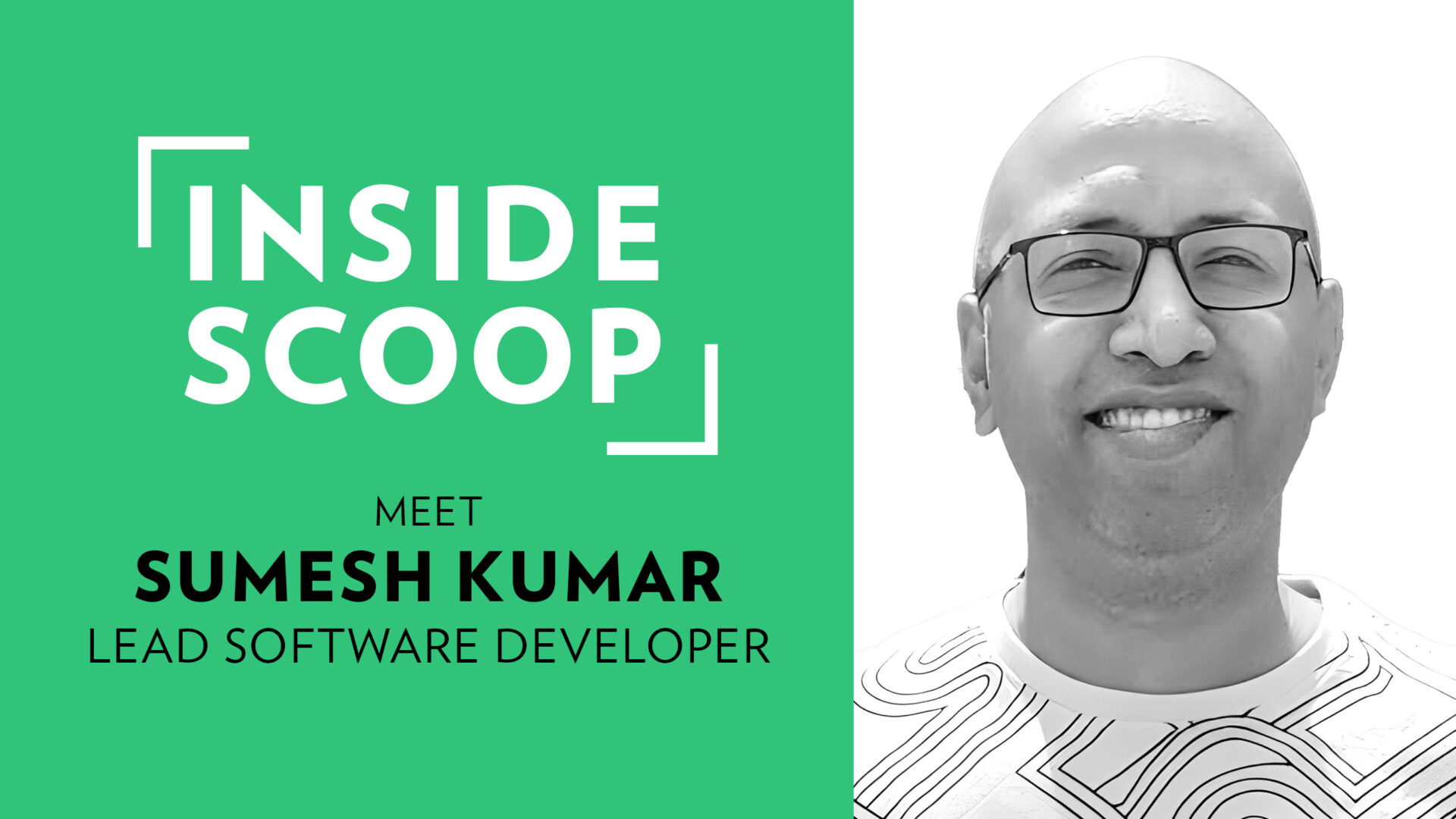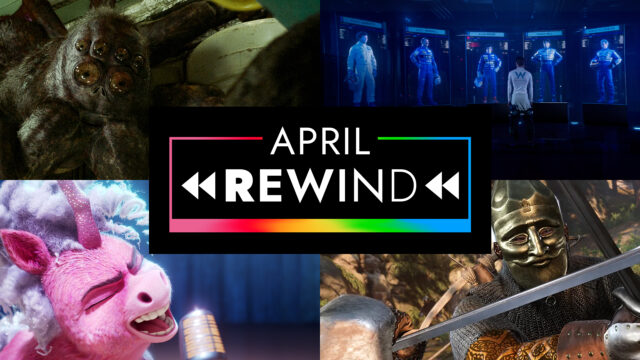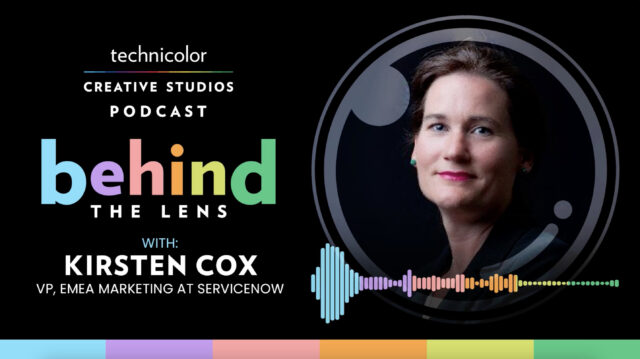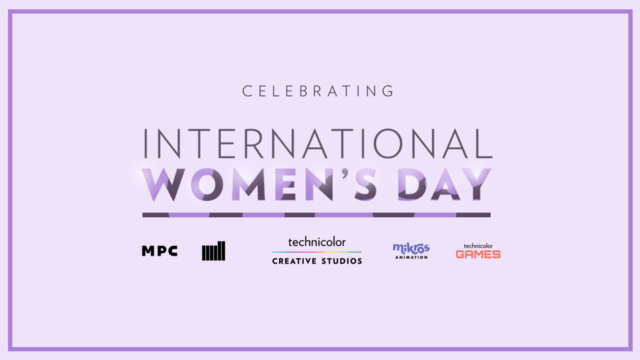In this installment of Inside Scoop, we engage in a conversation with Sumesh Kumar, Lead Software Developer at Technicolor Group. Sumesh provides insights into his responsibilities as a software lead, projects under his purview, noteworthy upcoming technologies for investment consideration, and his collaborative efforts with creative teams to actualize technical innovations.
Can you talk us through your role as a Senior Manager, Lead, Software Development at Technicolor Group?
I have served as the Lead Software Developer in Core Engineering for the past five years, during which I have gained significant expertise in the VFX domain. While our team doesn’t directly contribute to CG software development, we play a pivotal role in managing the most crucial aspect of the Studio – data.
In my capacity as a technical and managerial lead, I am responsible for maintaining existing applications, introducing innovative ideas to enhance our software stack, and actively participating in team management. This includes tasks such as recruiting staff, providing training, and monitoring deliverables to ensure the smooth functioning of our operations.
How do you use research and development to create the next generation of special effects?
Our software ecosystem consists of applications designed with a focus on data management. These applications offer comprehensive solutions for storage, security, and the duration of data retention. We are actively engaged in an ongoing effort to improve our storage initiatives, constantly seeking the most effective methods for data retrieval and optimal utilization.
What’s the most innovative thing you’ve ever done with technology in the entertainment industry?
As a component of our comprehensive data management solution, our primary offering is a disk-level directory tracking software. This software establishes a template for the systematic organization of all dependent child folders beneath it. Given the expanding needs of the business units (BU) and the substantial increase in asset requirements, providing this feature became a crucial necessity. I am pleased to share that we successfully integrated this capability into our ‘Nexus’ project, meeting the critical demands of our growing business.
How do you decide which technologies are worth investing in for R&D?
Operating within a Linux environment, we are compelled to stay abreast of developments within the Open Source community. Adhering to guidelines set by the central VFX community, we diligently provide the latest software versions for artists in the Studio. From C++ to Perl and Python, we maintain a meticulous approach to ensuring the stability of the software within our stack.
Can you tell me about a time when you had to overcome a technical challenge in a creative project?
The most technical challenging I felt in all my years at Technicolor was the moment when one of the legacy micro-service at one of our Mill facility went down and even after repeated attempts to revive it failed causing panic for production as a show was approaching its deadline. The issue was later identified, and the cause traced to its DB corruption. It was a herculean task to figure this out considering the pressure we all were subjected to.
How do you work with creative teams to bring your technical innovations to life?
The CG Software team engages in routine synchronization sessions with the production team to pinpoint necessary enhancements and improvements for the software relied upon by artists. When a project entails addressing a fundamental engineering aspect, our team treats it as a production ticket and prioritizes it within our scrum processes.
Which programming languages, tools, and software do you use in your work? Can you tell me about a specific time when you used one of these tools to create something truly impressive?
We utilize a handful of programming languages, including Perl, Python, and PHP. To address the absence of a dedicated testing method for each functionality in our primary application, we developed a testing framework in Perl. This framework has proven to be particularly beneficial during code deployments, allowing us to assess whether the newly deployed code in production introduces any regression failures.
How do you communicate the value of your work to stakeholders?
At the start of each year, as we chart our course, we extend invitations to our stakeholders. This ensures that they stay informed about our planned deliverables. Furthermore, during our Sprint review meetings following the deployment of a project to production, we actively involve stakeholders in discussions regarding project expectations. We welcome their suggestions and insights, fostering collaboration for potential improvements.
What are some of the benefits of working in a diverse team environment?
A team with diverse members fosters a range of thought processes, leading to more comprehensive discussions and ultimately yielding a richer perspective on the product under development. This diversity enhances the reliability of the outcome by uncovering a greater number of potential shortcomings, allowing for proactive mitigation of unforeseen challenges.
Discover more about our People & Culture and what it’s like to work Inside Technicolor.






